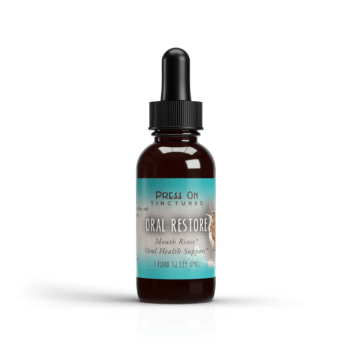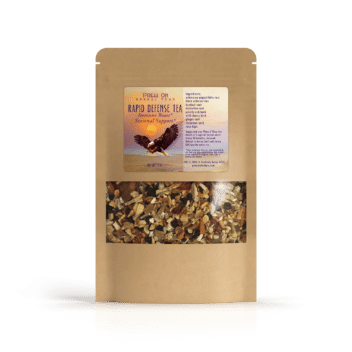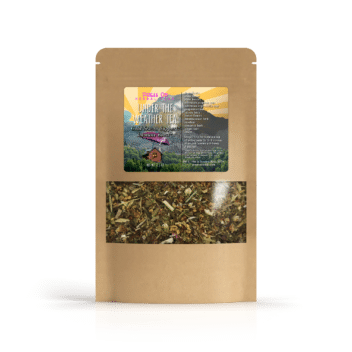Echinacea Angustifolia Root in Herbal Medicine
Echinacea, a popular herb, has long been a staple in herbal medicine. Among its various species, Echinacea angustifolia stands out for its potent medicinal properties, especially its root. This article delves into the benefits and uses of Echinacea angustifolia root, explaining why it remains a favored choice for natural health enthusiasts.
Understanding Echinacea Angustifolia
Echinacea angustifolia, commonly known as narrow-leafed purple coneflower, is a perennial plant native to North America. Indigenous peoples have used this plant for centuries, relying on its roots for their medicinal qualities. Today, Echinacea angustifolia root continues to be a popular choice in herbal remedies.
Historical Significance
The use of Echinacea angustifolia by Native Americans highlights its historical importance. Tribes like the Sioux and Pawnee used the root to treat various ailments, from snake bites to infections. Over time, its reputation as a natural remedy spread, and it became a key component in Western herbal medicine by the late 19th century.
Echinacea Angustifolia Benefits
Echinacea angustifolia root is lauded for its health benefits. While research is ongoing, several studies suggest its effectiveness in supporting the immune system and combating infections. Here are some key benefits associated with this powerful root.
Immune System Support
One of the primary reasons people turn to Echinacea angustifolia root is its immune-boosting properties. The root contains active compounds that stimulate the production of white blood cells, essential for fighting off pathogens. Regular intake may reduce the severity and duration of colds and other respiratory infections.
Research Insights
Recent studies have shown that Echinacea angustifolia root can enhance immune function, particularly during the cold and flu seasons. A 2015 study published in the Journal of Clinical Pharmacy and Therapeutics found that participants who took Echinacea supplements experienced fewer cold-related symptoms compared to those who took a placebo.
Anti-Inflammatory Properties
Inflammation is the body’s natural response to injury or infection, but chronic inflammation can lead to various health issues. Echinacea angustifolia root is known for its anti-inflammatory effects, making it useful in managing conditions like arthritis and other inflammatory disorders.
How It Works
The root’s anti-inflammatory properties are attributed to its rich content of phenolic compounds and polysaccharides, which help reduce inflammation markers in the body. These compounds can alleviate symptoms and improve overall health when used consistently.
Antioxidant Effects
Echinacea angustifolia root is also rich in antioxidants, which play a crucial role in protecting the body from oxidative stress. Oxidative stress occurs when there is an imbalance between free radicals and antioxidants, leading to cell damage. By neutralizing free radicals, Echinacea helps maintain cellular health and prevent chronic diseases.
Practical Uses of Echinacea Angustifolia Root
Echinacea angustifolia root is versatile in its applications, making it a valuable addition to any natural health regimen.
Tinctures and Teas
One of the most common ways to consume Echinacea angustifolia root is through tinctures and teas. Tinctures, made by soaking the root in alcohol or vinegar, offer a concentrated dose of its beneficial compounds. Teas, on the other hand, provide a soothing way to enjoy its health benefits, especially during the colder months.
Capsules and Supplements
For those who prefer a more convenient option, Echinacea angustifolia root is available in capsule form. These supplements offer a measured dose of the root’s active ingredients, ensuring consistent intake. When choosing a supplement, it’s important to select a reputable brand to ensure quality and efficacy.
Topical Applications
The anti-inflammatory and antimicrobial properties of Echinacea angustifolia root make it suitable for topical use. Creams and ointments containing the root can be applied to the skin to help heal wounds, reduce inflammation, and prevent infections.
Considerations and Precautions
While Echinacea angustifolia root offers numerous benefits, it’s important to use it responsibly. Here are some considerations to keep in mind:
Potential Side Effects
Most people can safely use Echinacea angustifolia root, but some may experience mild side effects such as stomach upset or allergic reactions. If you’re allergic to plants in the daisy family, such as ragweed or marigolds, you may also be allergic to Echinacea.
Interactions with Medications
If you’re taking prescription medications, consult with a healthcare provider before incorporating Echinacea into your routine. The root may interact with certain medications, potentially affecting their efficacy or leading to adverse effects.
Recommended Dosage
The appropriate dosage of Echinacea angustifolia root can vary based on factors like age, health status, and form of consumption. It’s advisable to follow the manufacturer’s guidelines or consult a healthcare professional for personalized recommendations.
Conclusion
Echinacea angustifolia root remains a powerful ally in herbal medicine, renowned for its immune-boosting, anti-inflammatory, and antioxidant properties. Whether used as a tincture, tea, or supplement, it offers a natural way to support overall health and well-being. As with any natural remedy, it’s essential to approach its use thoughtfully, considering individual health needs and potential interactions.
By understanding the benefits and applications of Echinacea angustifolia root, you can harness its potential to enhance your health naturally. Whether you’re looking to bolster your immune system or manage inflammation, this remarkable root is a testament to the enduring power of herbal medicine.




